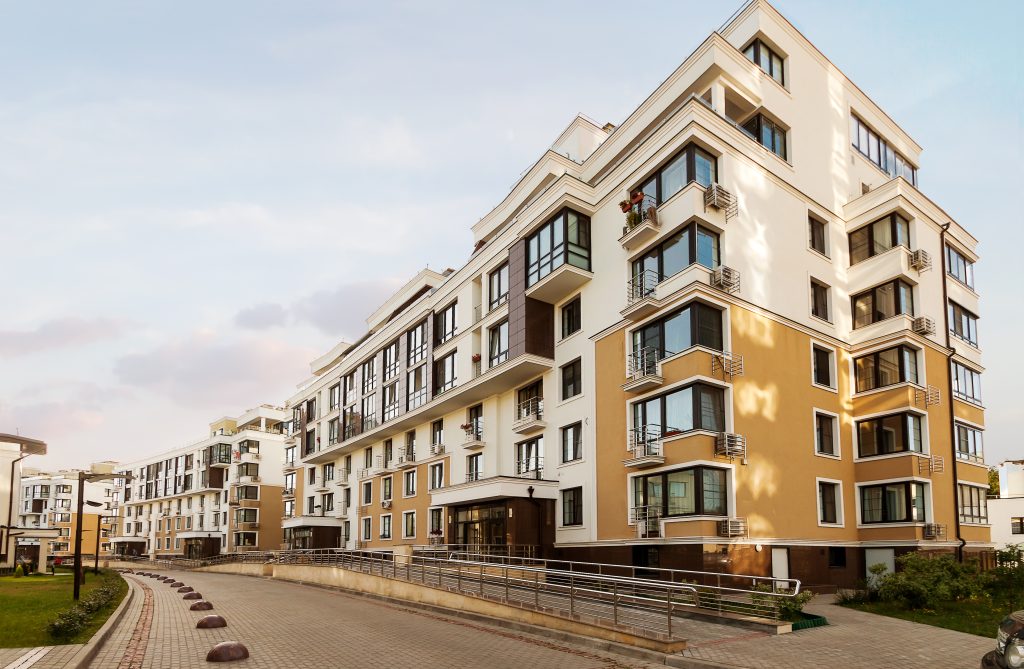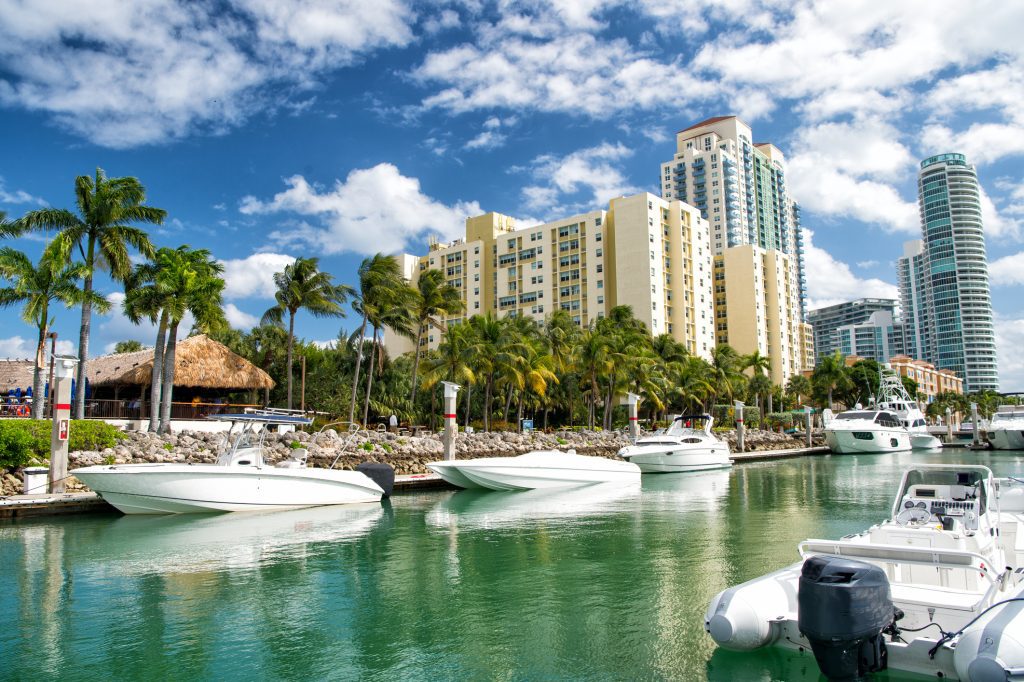Why Clean My Building

Why Clean My Building
Although it may be easily dismissed by most building owners and property/facility managers as simply “dirt”, there are serious threats to the building facade posed by the unsightly grime and organic material that exists on buildings. Fortunately, there is Metro Clean Systems, Inc., the nation’s foremost authority on low-pressure, high-volume exterior cleaning.The fact is this: there’s money you can save by cleaning your buildings regularly; sometimes that money can be substantial.
By cleaning their building the proper way, you can do more than simply avoid unnecessary maintenance costs: you can actually extend the useful life of your building. On the other hand, cleaning it improperly can lead to expensive maintenance and damage.Metro Clean’s unique low-pressure, high-volume solution is perfect for safely and effectively cleaning EIFS buildings. The non-intrusive properties of low-pressure, high- volume (LPHV) cleaning is the best way to effectively clean EIFS exteriors. In fact, it was the job that Metro Clean did in cleaning the Dryvit headquarters building that opened Dryvit’s eyes to the benefit of LPHV cleaning. But as you will see, the Metro Clean solution works equally well on other cladding.

Reasons why cleaning the exterior of your building should be a
regular component of a routine building maintenance schedule:
Cleaning the building surface does more than simply remove dirt and external contaminants from the building surface. While dirt and pollutants pose more of an aesthetic concern than anything else, the threat posed by water-storing fungi has serious performance implications for the building.
When mold spores attach to the surface of a building –whether the exterior is an EIFS surface, masonry, limestone, or precast concrete -they start a cycle of life that mars the appearance of the building with water stains. The fungi retain the moisture on the building exterior and manifest themselves in the form of green, black and gray stains on your building. The destructive properties of water are heightened in that process. The mold that develops on the exterior can lead to deeper problems within the building. It can contribute to the so-called “sick building” syndrome that can threaten more than just the “health” of the building envelope; it can threaten the health of the tenants and employees who work inside as well.
The wet-dry cycle that results may also cause costly structural and surface failure of the exterior material by trapping moisture inside the surface. During the freezing cycle it causes expansion, creating cracks and heaves on your walls in the same way that water trapped below a road surface in winter causes breaks and bumps on the surface. In the warmer months, the dark surface created by the fungi on the exterior can lead to ultraviolet damage to the walls.
Simply properly cleaning your building exterior regularly is a lot less costly than a major refurbishment of caulking, sealant and flashing. The safe cleaning of a building protects and enhances the existing caulk and sealant by gently lifting mold, mildew and dirt off the surface. More traditional cleaning methods, like sandblasting or power washing, can actually destroy the caulk or sealant, in the process creating expensive repairs necessary to maintain the integrity of the building exterior.
In many cases, building owners or property managers have simply forgotten what the original surface looked like. The most obvious reason to remove the matter is to restore the building to the state the architect intended when he or she designed it. In addition to mold, mildew and dirt, carbons, for example often damage buildings located in a city, as do other pollutants created by vehicular and industrial emission.
On commercial /office buildings, a good-looking, clean building exterior is a magnet for prospective tenants. A dirty, dreary building is tough, if not impossible, to sell to a tenant prospect and even harder to justify a rent increase to existing tenants. Employee and tenant morale will be improved and it is more attractive to customers. The first impression is always the most important impression.
Understanding the reasons why cleaning your building exterior makes economic sense is only half of the battle. Once the decision has been made to clean the exterior, how you decide to clean it can make all the difference in the world.
In the overwhelming majority of cases, building owners and property/facility managers choose power washers or sandblasters to clean their exteriors. Power washing techniques have for decades been the industry standard. However, as the cleaning industry has advanced, new information has come to light that has shifted the building exterior cleaning paradigm.
In many cases, power washing and/or sandblasting a building is a mistake that will cost building owners money–in many cases, lots of it. In the case of EIFS buildings, power washing or sandblasting the surface will gradually destroy the exterior finish. High-pressure cleaning processes destroy the surface of the building often require recaulking or sealant replacement after cleaning, and physically erode the building surface. Over time, repeated high-pressure cleanings can result in huge costs for the building owner to protect both the buildings appearance and functionality. In fact, the opposite of power washing–a low-pressure, high-volume cleaning system like Metro Clean’s –is, in the overwhelming majority of cases, the best way to effectively clean building exteriors without damaging the wall surface.
While low-pressure, high-volume cleaning is the preferred approach to cleaning all surfaces, it is particularly well suited to historic restoration projects and cleaning all buildings with limestone or loose aggregate surfaces. Metro Clean has cleaned some of the nation’s most prominent buildings, including: The Pentagon, The Bureau of Engraving & Printing, the National Concrete Masonry Association headquarters, The Hotel Jefferson, the new Bi-Lo Arena in Greenville, South Carolina, and The American Bar Association building. In each case, the company’s LPHV solution ensured the best results on a variety of surfaces.
The low-pressure, high-volume solution offered by Metro Clean Systems cleans buildings safely by using environmentally safe chemical cleaning solutions that gently lift the soils and fungi off the building surface and are washed away. Unlike power washers that use high pressure at close proximity to the surface, in the process potentially damaging the exterior (the low pressure cleaning process uses up to 1/50th of the pressure and is applied at a distance from the surface). Instead of blasting the surface clean, the low-pressure process relies on cleaning solutions to do the work.